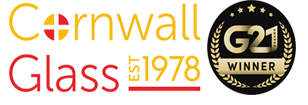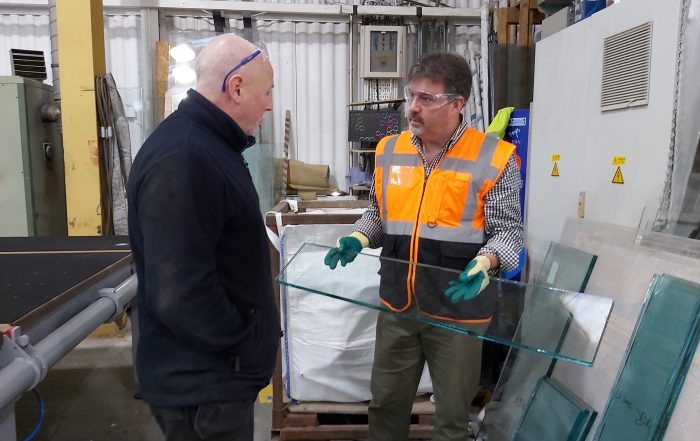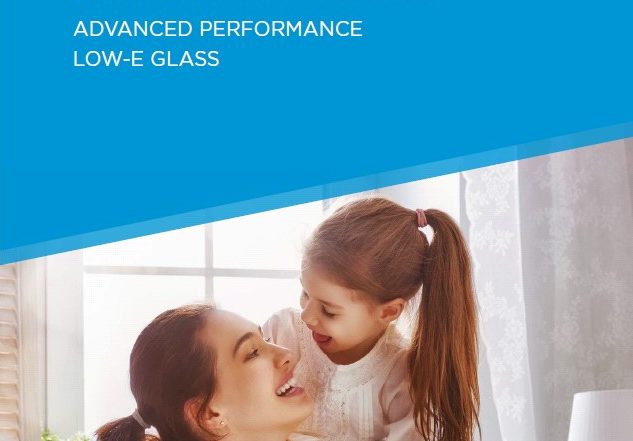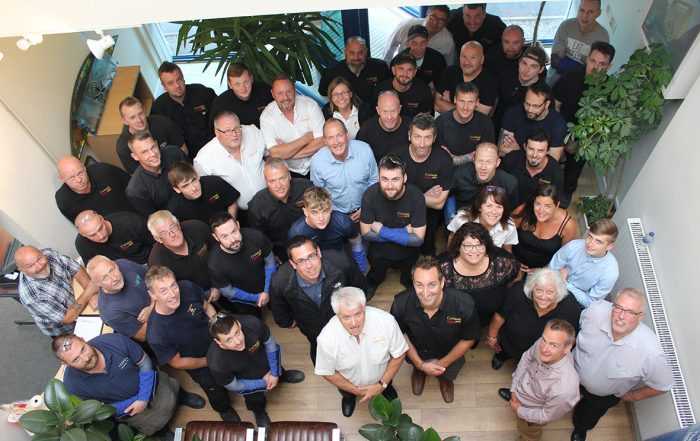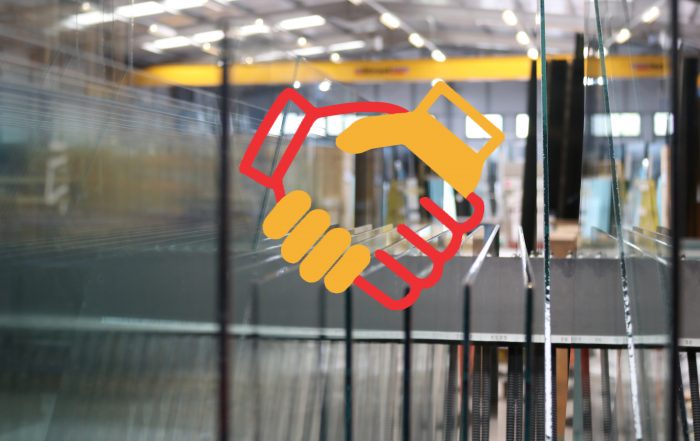Regulation 14
Report Service for Business Compliance
Health and Safety Executive Regulation 14
Windows and transparent or translucent doors, gates and walls.
What is Regulation 14?
The Workplace Health, Safety and Welfare Regulations 1992 approved code of practice and guidance requires that; every window or other transparent or translucent surface in a wall or partition and every transparent or translucent surface in a door or gate shall, where necessary for reasons of health or safety –
(a) be of safety material or be protected against breakage of the transparent or translucent material; and
(b) be appropriately marked or incorporate features so as, in either case, to make it apparent.
Who is responsible?
Employers have a duty under the Health and Safety at Work etc Act 1974 to ensure, so far as reasonably practicable, the health, safety and welfare of their employees at work. People in control of non-domestic premises have a duty towards people who are not their employees but use their premises.
How can we help?
Please do not hesitate to contact us for guidance on how this Regulation can be achieved. We are able to offer a site visit and a full Report Service should it be required.
01872 276697 Truro@cornwallglass.co.uk
Chyvelah Road, Threemilestone, Truro, TR3 6AZ
01326 375124 Penryn@cornwallglass.co.uk
Commercial Road, Penryn, TR10 8AQ
01736 360174 Penzance@cornwallglass.co.uk
Poniou Way, Longrock Industrial Estate, Penzance, TR20 8HX
01726 874564 StAustellGlazing@cornwallglass.co.uk
Stennack Road, St Austell, PL25 3JQ
01752 605500 PlymouthTC@cornwallglass.co.uk
3 Beechwood Way, Langage, Plymouth, PL7 5HH
01392 364364 Exeter@cornwallglass.co.uk
7-10 Bittern Units, Bittern Road, Sowton Industrial Estate, Exeter, EX2 7LW
01935 412300 Yeovil@cornwallglass.co.uk
22 Garrett Road, Lynx Trading Estate, Yeovil, BA20 2TJ
0117 9710101 Bristol@cornwallglass.co.uk
Units 1-3, 306 Broomhill Road, Brislington, Bristol, BS4 5RG
